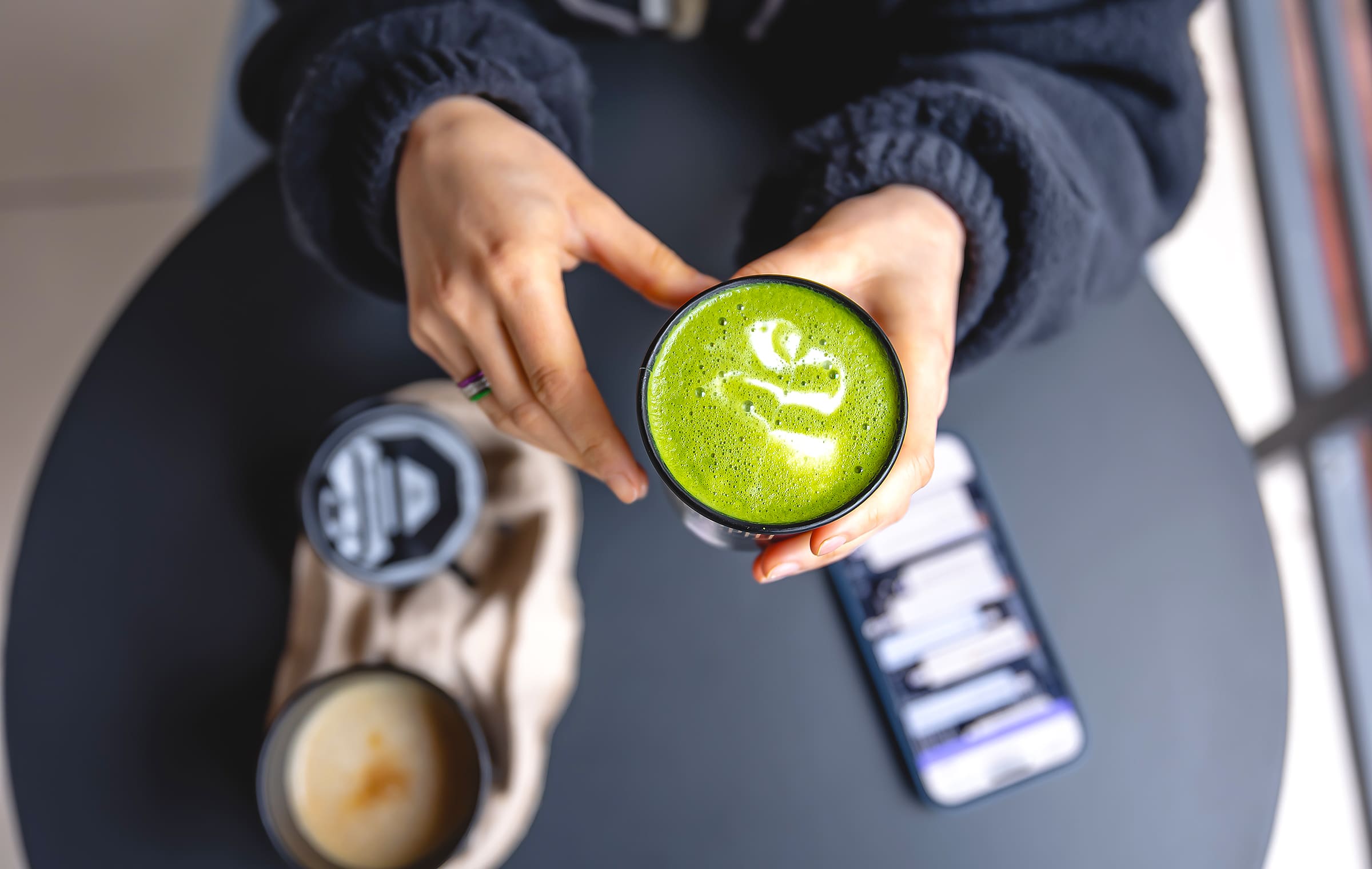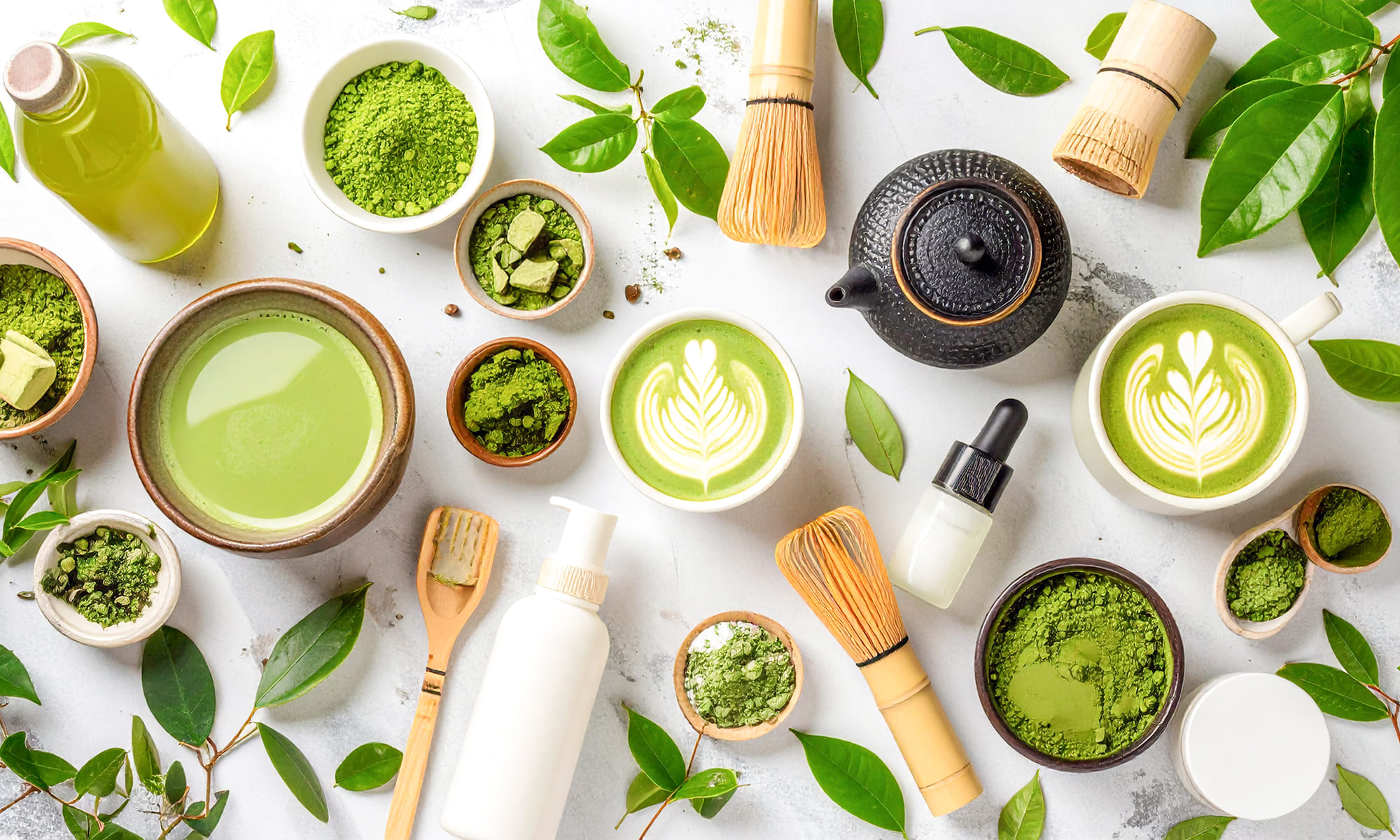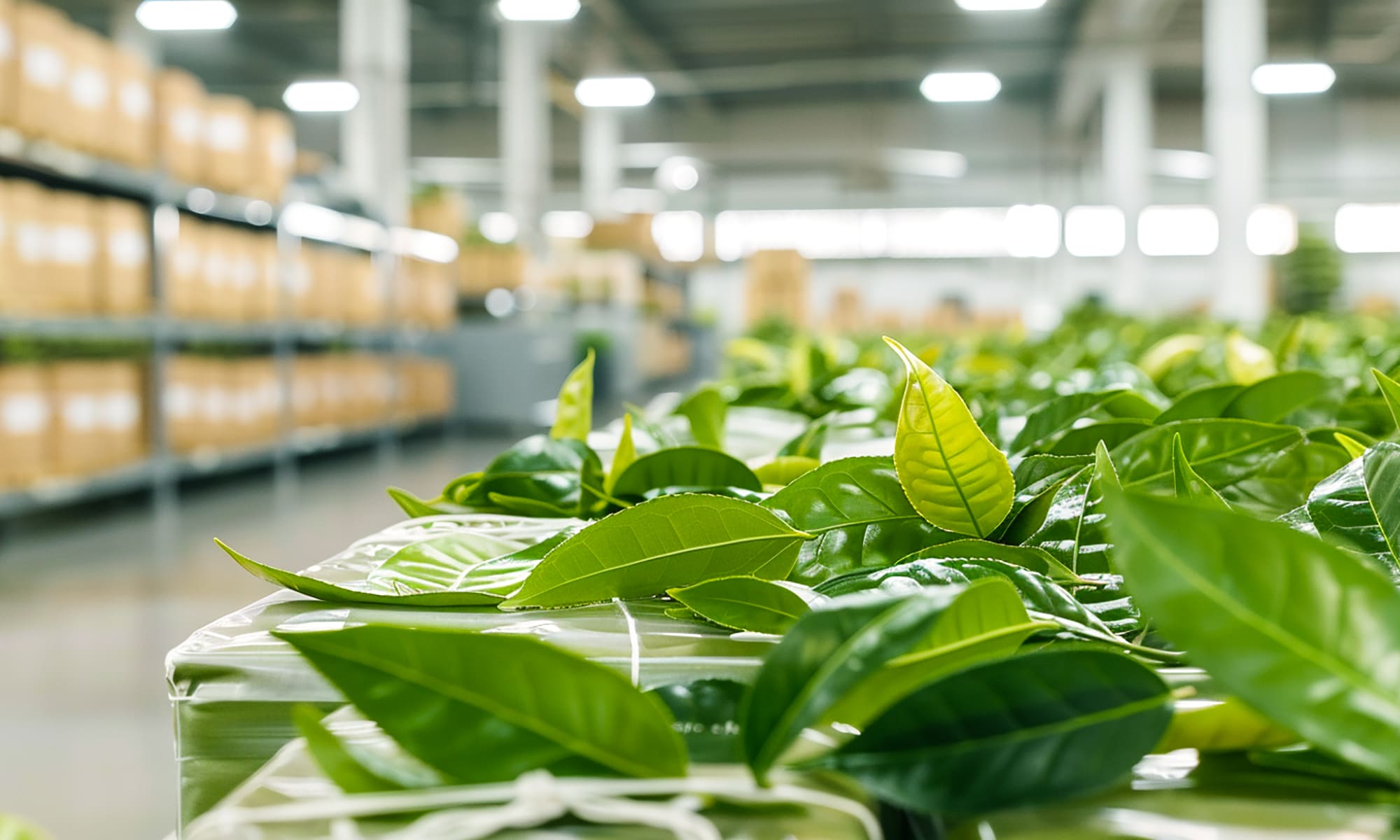


In recent years, Japanese green tea has captured the attention of international markets like never before. From Matcha lattes in Europe to bottled Sencha in Southeast Asia, demand for authentic Japanese tea products is rising — and fast. For businesses across the food, beverage, and wellness industries, this global boom presents not just a trend, but a strategic opportunity.
Several factors are fueling this international surge in demand:
As we covered in Matcha Magic: 6 Transformative Health Benefits of Japan’s Green Wonder, Japanese teas are rich in catechins, L-theanine, and chlorophyll — all of which are linked to immune support, focus, and overall wellness.

While Matcha continues to dominate internationally thanks to its bold flavor and vibrant color, Sencha is gaining attention for its milder taste and daily-drink appeal. More brands are exploring Sencha as a base for RTD (ready-to-drink) teas and health beverages.
Our post Sencha: The Green Tea Powerhouse – Unveiling Its Distinct Health Advantages dives into why this classic tea is an underrated star in modern wellness.

Food brands, wellness startups, and global retailers are increasingly sourcing bulk Japanese tea for use in:
You can explore sourcing strategies in Navigating the Bulk Japanese Green Tea Market, where we break down key considerations like traceability, grading, and cost-performance.

As the market grows, it becomes even more important to work with a trusted supplier. Look for partners that offer:
Kametani has been supplying Japanese green teas globally for years, with full vertical integration from cultivation to processing — ensuring freshness, consistency, and internationally recognized safety standards.

The global boom in Japanese green tea isn’t a passing trend — it’s a reflection of where modern food and wellness industries are headed. For businesses that want to innovate with purpose and cultural depth, now is the time to act.
Whether you’re developing a new beverage, creating functional foods, or expanding your brand’s story, Japanese green tea can set your offering apart.
Let us help you navigate the opportunity with quality, expertise, and flexibility.